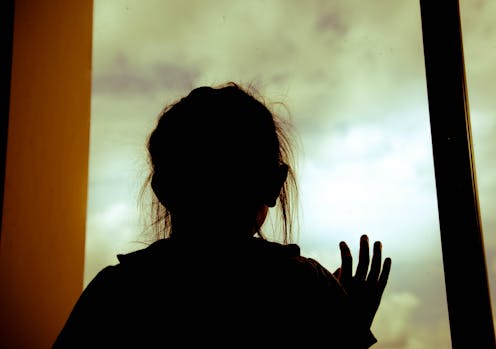It takes a lot to shock Kelvin Lay. My friend and colleague was responsible for setting up Africa’s first dedicated child exploitation and human trafficking units, and for many years he was a senior investigating officer for the Child Exploitation Online Protection Centre at the UK’s National Crime Agency, specialising in extra territorial prosecutions on child exploitation across the globe. But what happened when he recently volunteered for a demonstration of cutting-edge identification software left him speechless.
Within seconds of being fed with an image of how Lay looks today, the AI app sourced a dizzying array of online photos of him that he had never seen before – including in the background of someone else’s photographs from a British Lions rugby match in Auckland eight years earlier. “It was mind-blowing,” Lay told me. “And then the demonstrator scrolled down to two more pictures, taken on two separate beaches – one in Turkey and another in Spain – probably harvested from social media.

They were of another family but with me, my wife and two kids in the background. The kids would have been six or seven; they’re now 20 and 22.” The AI in question was one of an arsenal of new tools deployed in Quito, Ecuador, in March when Lay worked with a ten-country taskforce to rapidly identify and locate perpetrators and victims of online child sexual exploitation and abuse – a hidden pandemic with over 300 million victims around the world every year.
That.
















